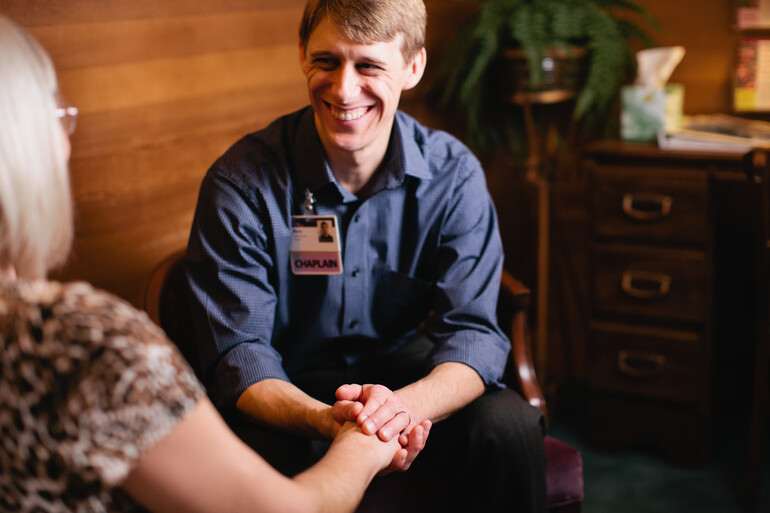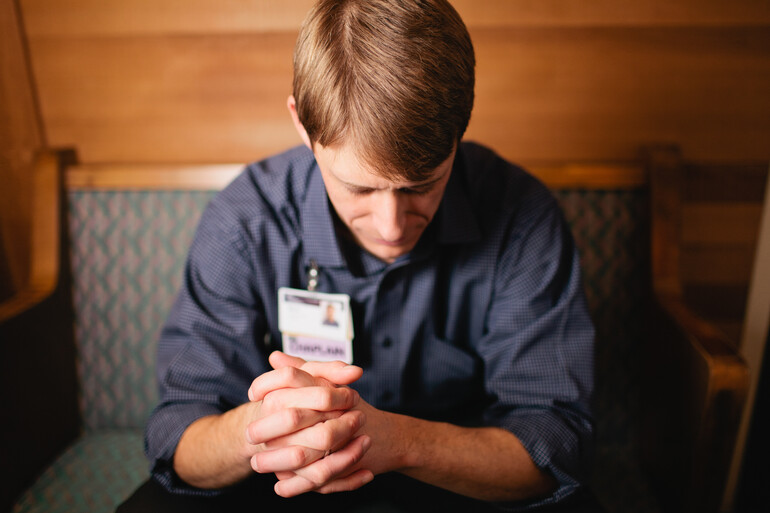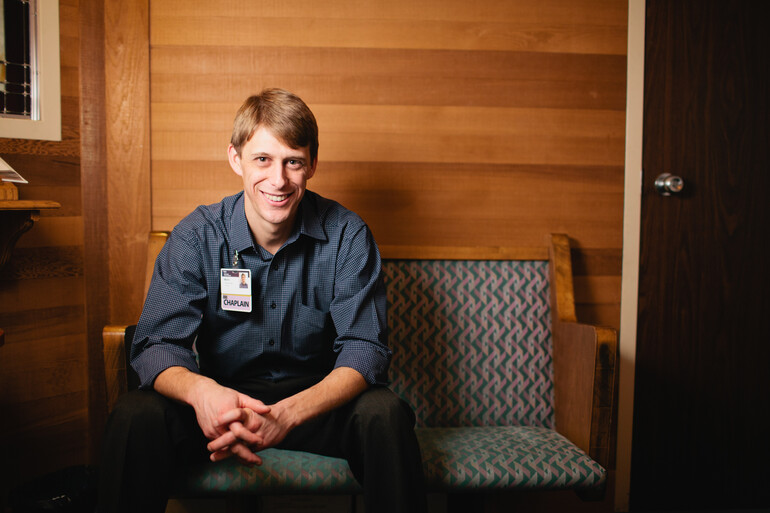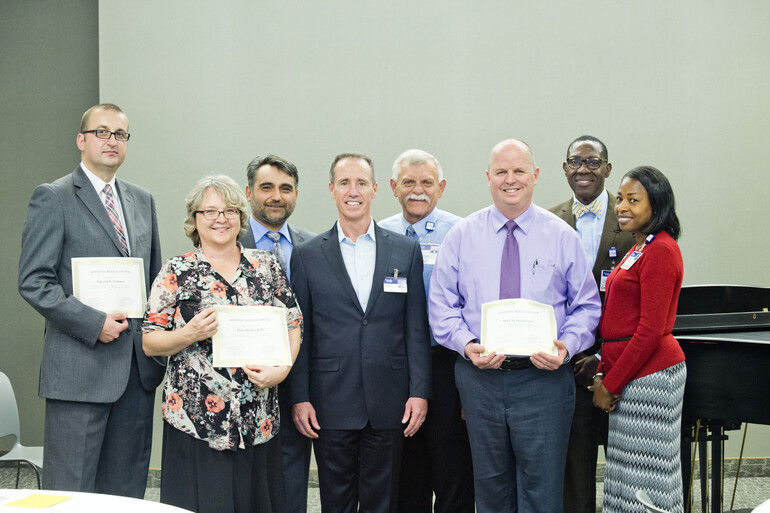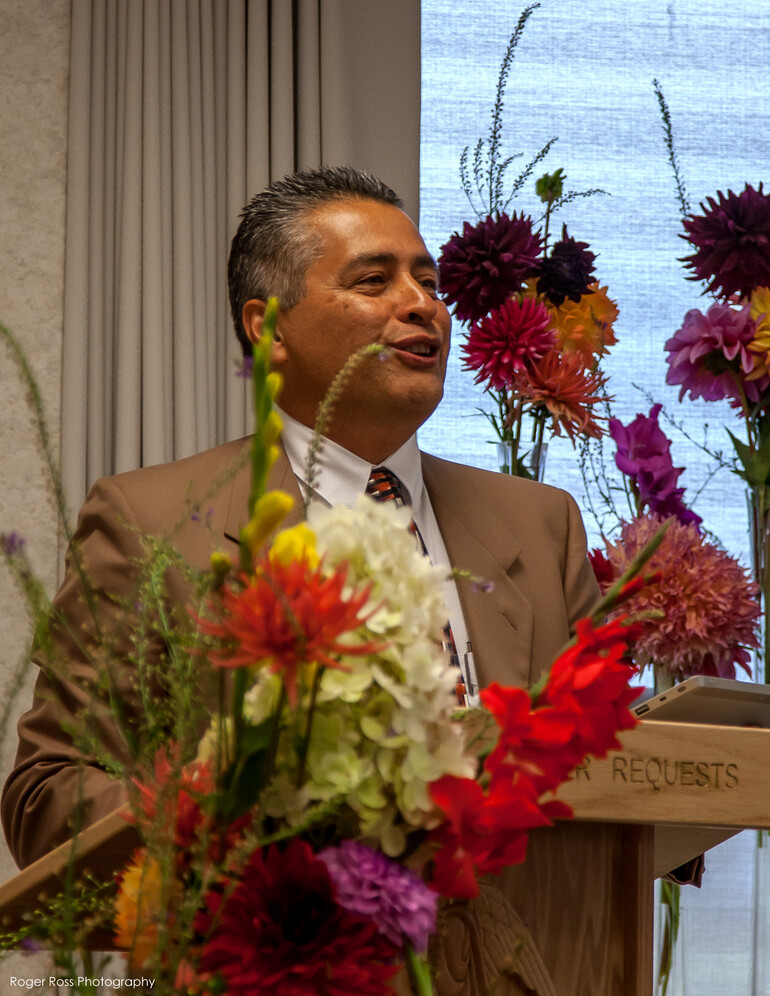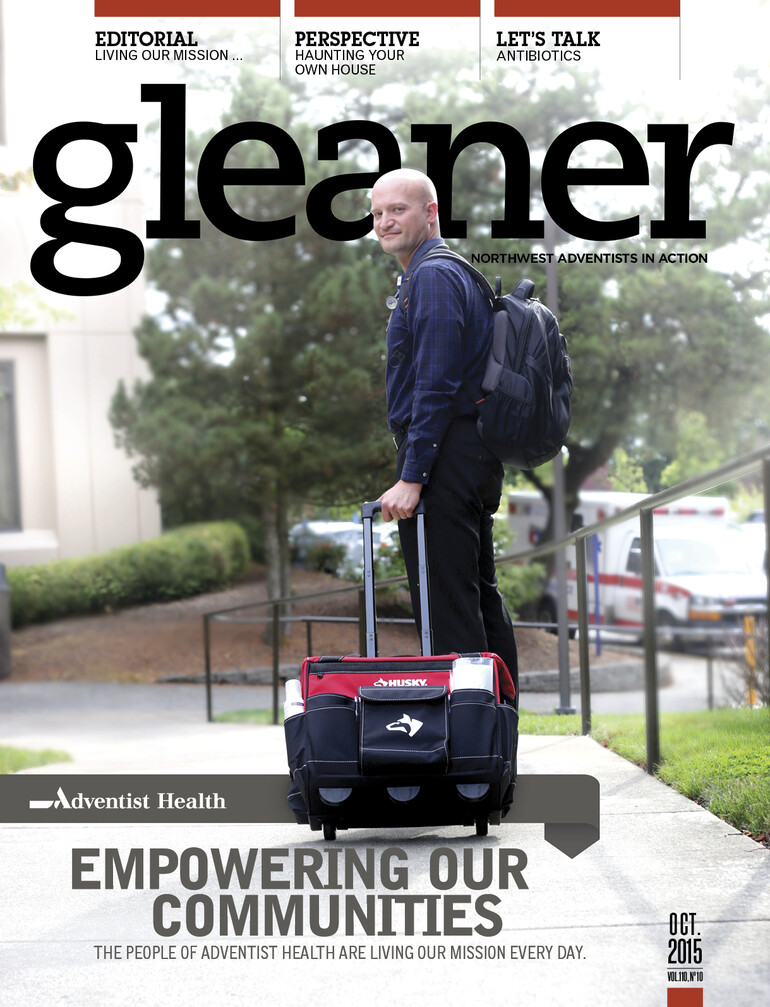Before beginning clinical pastoral education, Eduard Ciobanu, pastor of Mount Tabor Church in Portland, Oregon, was sure the course would be the key to acquire a specific skill he felt was lacking in his encounters with sick members. It didn’t take long for him to realize that it is so much more.
“During the first week, I made a discovery that blew me away and humbled me tremendously,” says Ciobanu. “It wasn’t necessarily a skill I needed. It was understanding how much room I have in my heart for someone else. It’s about creating that healing space for another person to experience in a way that’s meaningful to them.”
Danny Parada, Spiritual Care director at Oregon's Tillamook Regional Medical Center, says clinical pastoral education made him realize the importance of being present in a given situation.
“In my first week of training, I came overloaded with a theological point of view,” he says. “Then I learned that you don’t bring an agenda. You come to listen.”
Clinical pastoral education (CPE) is a community-based training program that focuses on the clinical skills that chaplains, pastors and other caregivers need to integrate spiritual care into everyday practice — in hospitals, churches and the community. This provides rigorous education in counseling that professional clergy wouldn’t normally receive in seminary.
“CPE joins psychology and theology,” says Tony Andrews, pastoral care and CPE director at San Joaquin Community Hospital (SJCH) in Bakersfield, California. “We’re between a pastor and a therapist, and we bring those two spaces together.”
From an educational standpoint, CPE offers a high degree of introspection, says Paul Crampton, Adventist Health assistant vice president for Mission and Spiritual Care. While part of the focus is learning how to provide spiritual support for patients and their families, the other part is looking inward — as each pastor, chaplain and caregiver examines the effect of the situation on themselves as well as their own reactions, biases and behaviors that influence their work with patients and families.
“Christ didn’t have CPE, but He knew what He was doing,” says Parada. “He laughed with those who laughed and cried with those who cried.”
Part of introspection for each participant is learning it’s not necessary to go into each encounter with an agenda or a plan to “fix” the person or the situation. Mario DeLise, a chaplain and Spiritual Care director at Washington's Walla Walla General Hospital, says that it’s a totally different approach from the standard Scripture and prayer plan he used before CPE — and it’s more beneficial to patients.
“It is not a one-size-fits-all approach to ministry,” he says. “Rather than feeling that I need to tell patients what to do, we work together to build on their existing strengths. In the process, they often discover spiritual resources and strengths they didn’t even know they had. You can help draw those out and show them that they’re more resilient than they thought.”
CPE, which was pioneered by Andrews at SJCH in January 2014, is now available at other Adventist Health facilities — White Memorial Medical Center in Los Angeles and Adventist Medical Center in Portland. Chaplains, such as Parada and DeLise, must take at least four units of CPE to be board-certified, with each unit comprised of a variety of attendees with diverse backgrounds and varying levels of experiences. However, local pastors such as Ciobanu also are encouraged to participate along with theology students, health care providers, clergy and chaplains.
“It had a tremendous impact on my ministry,” says Ciobanu. “As a pastor, you always have an agenda — and I tend to focus on logic over emotion. But CPE taught me to distinguish heart from mind. Whoever is listening to you is trying to connect on an emotional level, and you need to meet them there.”
Participants use two primary tools to learn about and develop their own self-awareness: case studies and group process. Case studies evaluate the interaction between the chaplain and the patient using theories learned in the classroom, undergoing group and individual analysis. Members are encouraged to bring situations from the previous week that challenged them with troubling or problematic issues, then discuss them for better understanding.
In group process, interpersonal relationships are examined as members reflect on how they feel and how they interact with one another. In the small-group setting, unconscious behaviors rise to the surface where peers can express their observations about how these factors may be influencing other areas of life and work. Case studies and group processes combined with weekly topics — including crisis intervention, personality theories, conflict management and active listening — allow participants to learn more about their own lives and the behaviors that influence their work.
“We’re bridging the gap between health care chaplaincy and community through the spiritual aspect,” says Crampton. “The experiences of this program reach far beyond hospital walls.”





